Throughout human history there have been several pandemics and hundreds of epidemics that have swept over the world, devastating the population of the human race and leaving innumerable dead in their wake.
The most famous of the pandemics is undoubtedly the bubonic plague, or Black Death, that began in Asia and swept through Europe with horrific results during the 1300s. In some regions, the Black Death wiped out entire villages, and the total death toll for Europe is estimated to be between 40% – 70% of the population.
In the aftermath of that pandemic, it took Europe more than 100 years to recover. Outbreaks of the plague, and various mutated forms of it, recurred throughout the world clear through the 1700s and into the 1800s, while isolated cases still crop up today.
More recently, another famous pandemic broke out in Europe in 1918; it became known as the Spanish Flu and it killed an estimated 100 million people of the 500 million it infected, particularly healthy young adults as opposed to children, the elderly or those with an otherwise compromised immunity.
This pandemic hit near the end of the First World War, and although its death toll only accounted for 3% – 6% of the world population at the time, many areas experienced the loss of upwards of 20% of their population and some remote villages were wiped out completely in only a matter of months. It was devastating.
Today, our planet sports a burgeoning population of between 6.5 – 8 billion humans, and population centers have grown to number in the tens of millions as sprawling urban-suburban megalopolises are created to meet the needs of the population. With so many people living so closely cramped together, and with global travel having taken on a wholly new dimension in the last century, the threat of a potential pandemic is something well worth consideration.
Many doctors and scientists agree that another pandemic could break out, and in recent years there have been scares around the H5N1 ‘bird flu’ virus, as well as the H1N1 ‘swine flu’ virus and their potential to mutate and spread amongst humans with deadly results.
Part of what makes these strains potentially so dangerous is that humans have little or no immunity to them. Take the more recent case where Chinese authorities have been closely monitoring the development of a new avian flu virus throughout 2013.
The H7N9 virus is a new variation of avian influenza that recently began jumping from poultry to humans in China, with a mortality rate of roughly 22%. Infected poultry, however, may show absolutely no sign of the illness.
Suspecting that live bird markets were responsible for the initial transmission of the virus, the Chinese authorities have carried out massive culling of several large bird markets. Incidences of the H7N9 virus fell as summer came on in China, but many professionals think there may be a resurgence of the strain this winter when temperatures fall.
So the threat of an epidemic or pandemic is out there. With any luck, hopefully none of us will ever have to deal with the ramifications of such an event, but there are some simple preparations you can make (without breaking the bank) to better ensure your family’s survival.
1) Limit your exposure to others. This might sound like a bit of a no-brainer, but in the event of a pandemic or other widespread illness, one of the best things you can do to protect yourself is to limit your exposure to, and contact with, other people. This can be hard to accomplish in an urban or suburban setting, so if you live in a densely populated area you’ll definitely want to take additional precautions.
2) Wear protective coverings over high-risk areas of your body. This includes a facial mask or respirator, such as an N95 or N100 mask. Other protective measures may include medical gowns, latex or nitrile gloves, and possibly boot / shoe coverings. These protective measures are primarily aimed at reducing viral load on your clothing or skin and in the air you breathe. The viral load is a measure of how much contagion is present in the air you are breathing or on the surfaces you come into contact with. Protect your eyes, nose, mouth and any open or healing wounds, and you’ll cut down substantially on the likelihood of becoming infected.
3) Maintain sanitary living conditions, including washing your hands regularly and keeping high traffic areas sanitized and disinfected as much as possible. If you have to go out or continue working in a densely populated area, carry disinfectant wipes with you and some form of hand sanitizer. Wash your hands often, and avoid touching your nose, mouth, face or eyes; the mucous membranes in your nose, mouth and eyes are the most susceptible to infection.
4) Secure isolation for infected victims. Anyone who comes in contact with the infected person(s) should be using maximum protection to minimize the possibility of transmitting the disease. A HEPA (High-Efficiency Particulate Absorption) filter for filtering the contaminated air is strongly recommended. Also, depending on the severity of a pandemic or epidemic, if you wind up having family or friends who come to stay with you to weather the storm, you will want to quarantine all new arrivals for a period of time to ensure that they won’t track in the infection and get everyone sick or killed in the process.
To better ensure that you and your family are well prepared for a possible epidemic or pandemic, you can also keep a stock of some critical items. The most important items to stock include:
1) N95 or N100 particle masks for you and your family. The N in N95 or N100 stands for NIOSH and reflects the effectiveness rating given to the masks by the National Institute for Occupational Safety and Health. N95 masks are rated to filter out approximately 95% of airborne particles, whereas N100 masks are rated to filter roughly 98% of all airborne particles.
Both N95 and N100 masks are quite suitable for droplet containment. Since the masks are cheap and disposable, and because an epidemic or pandemic can last for months or years, you may wish to stock up accordingly. With any mask, the most important feature is a good fit, so masks with a metal noise piece that can be bent around the shape of your nose are better than those without a nose piece.
2) Bleach is a powerful aid in maintaining sanitary conditions, especially when it comes to high traffic areas and objects like countertops, tables, doorknobs and other hard surfaces. A basic cleaning solution can be made by combining bleach and water at a ratio of 1 cup bleach to 4 gallons water. This mixture can be used to regularly wipe down and disinfect most any hard surface, especially if you find yourself operating an isolation room or mini-ward where you want to keep things as sanitary as possible.
3) Heavy duty rubber gloves and latex or nitrilegloves; these are pretty affordable to stock up on, and nitrile gloves tend to hold up a bit better to long-term storage. Disposable gloves will help reduce the direct contact you have with potential pathogens or contagions, but you should still wash your hands thoroughly any time you remove or replace your gloves. If you find yourself caring for someone who is infected, you may opt to wear two pairs of gloves for added protection.
4) Stock medicine & antibiotics ahead of time. During times of epidemics or pandemics, many of the victims who die actually die because of secondary infections that crop up after their immune system is weakened and compromised by the initial infection. Pneumonia is one of the most common infections that crops up after you’re already sick. Since medicine and antibiotics are in short supply during massive disease outbreaks, you can stock up on OTC medicines and source antibiotics such as amoxicillin and penicillin from the local farm supply store or vet.
Other supplies that you may wish to stock up on include trash bags, duct tape, water filtration and purification methods, and various medical supplies (see my article on emergency first aid for more details on recommended medical gear). Depending on how bad an epidemic or pandemic gets, you may need additional supplies more akin to a TEOTWAWKI (The End Of The World As We Know It) situation, including fresh water, food storage, supplies for setting up a sanitary outhouse, waste containment, etc.
This article has been written by Gaia Rady for Survivopedia.
Photo sources: 1


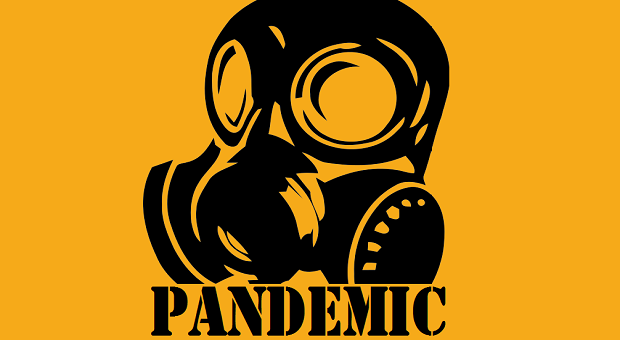

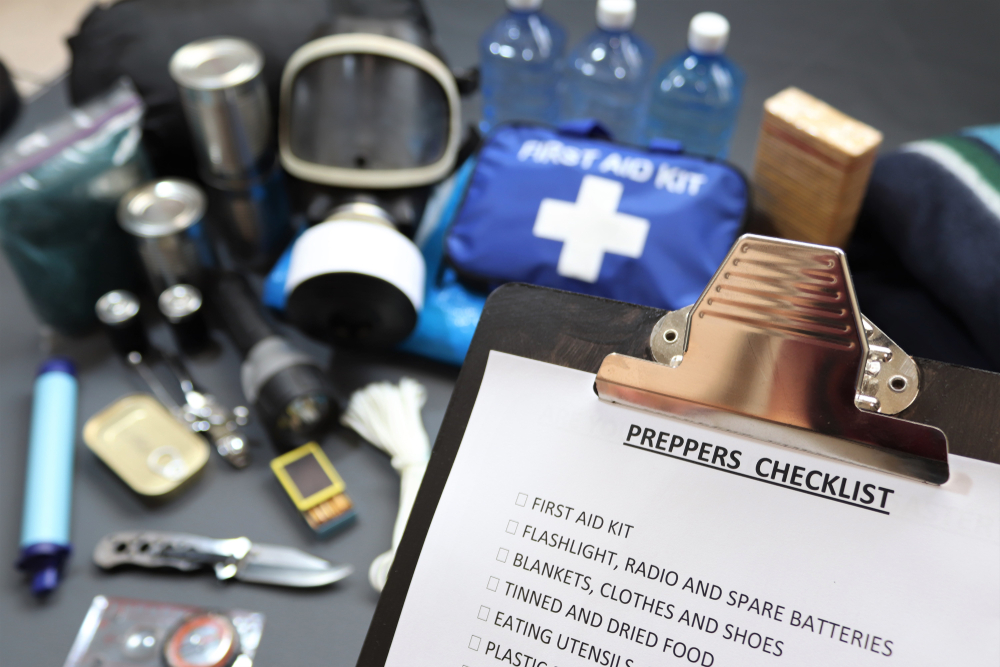
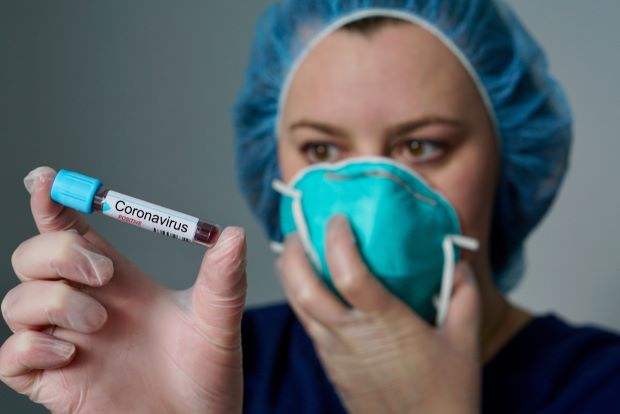
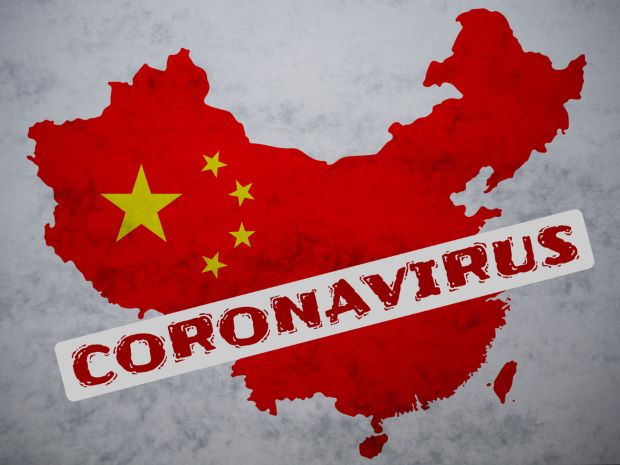
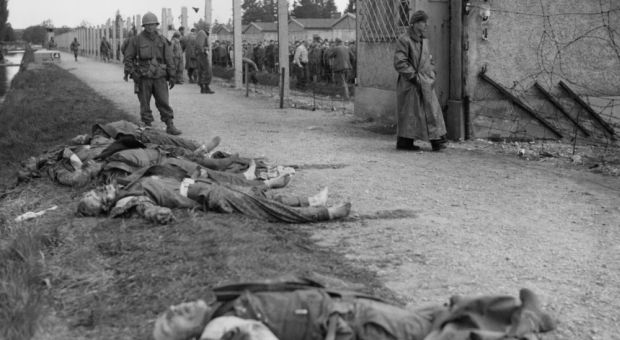

Benjamin | September 9, 2013
|
Great info. Looks good but never panic. Just o a little at a time to prepare. I started 20plus years ago and even though I do not have a lot I could weather several months hunkered down during any crisis. Too many people keep putting off the first step. You can never get to the second step w/o doing the first. First step… pick up one extra bag of beans, a bucket with lid. You will need something to preserve the food in the bucket like co2 or dry ice. check around for help preserving your supply. when the first bucket is full store it away and forget about it.
Good luck,
Ben
Gordon Shumway | September 9, 2013
|
An article on surviving epidemics by someone claiming to be an “authority” on the subject, and not one word about colloidal silver. If I hadn’t seen it with my own eyes, I wouldn’t have believed it. FYI, TRUE colloidal silver, as anyone can make with distilled water, a CONSTANT-CURRENT CS generator, and a source of AC/DC electricity, is 100% effective, safe, and CHEAP. And yes, bubonic plague is one of the pathogens (650+ kinds of viruses, bacteria and funguses) that it is effective against. Moreover NO PATHOGEN, whether virus, bacteria or fungus, HAS EVER MUTATED INTO A CS-RESISTANT FORM. Details on request.
admin | September 9, 2013
|
Thank you for your feedback Gordon.
ROBB | September 10, 2013
|
True collidial silver is a Golden colour .10-20 ppm .. the clear one is Ionic silver .. good on the outside of the body.. the golden coloured one is good as a vapour inhaled into the lungs ..and going straight into the blood stream..and cleaning any bacteria or parasites in the lungs ..
SM | September 9, 2013
|
Perhaps he didn’t mention it because there is little evidence that it has any medical benefits other than unsubstantiated claims of it being a cure-all rated somewhere along the lines of snake oil. Of course you will do as you wish but I think far better to stock up on modern antibiotics.
ashley | September 12, 2013
|
I have huge respect for herbal remedies and ect but I must say my husband took colloidal silver and it did nothing for him.
tim | September 10, 2013
|
I would be very carfull taking this advice on Colloidal Silver. You are correct on everything but making it yourself. I have been researching this for a while now. You are making Ionic Silver Solutions (as the Blue Man made and drank) not true Colloidal Silver, which is amber in color not clear. Go to silver-coilloids.com. Great information and a list of most of the manufacturers and their quallity. “Mesosilver” is the top brand, but there are about 5 brands that are very good.
tico | September 10, 2013
|
I had a Vitamin store 97 to 05 and it was my best seller. It will also kill the Ant virus (don’t want to say full word.. we are always being watched)
maup | September 9, 2013
|
vitamin c, look in to it !!!, it is the best, 10 to 15 grams a day
if you sick , no ***** tamilflu it will kill you in the long run
colloidal silver, the nano silver
and vinegar to disinfect
greetings
maup
Karen | September 9, 2013
|
Did you know that there were 5 thieves that lived through the black death using a combination of oils from different plants. They would rob people who died of the plague (Black Death) and would come out unscathed. There is an essential oil blend based upon that ‘recipe’.
wANDA | September 11, 2013
|
THE OIL he mentioned is called Thieves from young living essential oils or thievery from ancient wisdom oils….During the middle ages the thieves wore this oil in a clay cylinder around their neck in a necklace and they would rob the dead. This oil kept them from contracting this plague. They called it thieves since thieves stole from the dead.
maup | September 9, 2013
|
proof
https://www.youtube.com/watch?v=VrhkoFcOMII
https://www.youtube.com/watch?v=PjHjdc_tBuU
https://www.youtube.com/watch?v=2bymKIPaTws
maup
Mark | September 10, 2013
|
Good article about measures people can take in times of trouble. One fairly major error though, the ‘N’ on the mask designations does not stand for NIOSH, it signifies that the mask is ‘non-oil-resistant’. Masks which begin with a ‘P’ stand for permanent. The difference is that a quality ‘P’ designated mask will not get worse with time but will gradually plug up (like any filter media) whereas the ‘N’ type will actually lessen it’s protection with time. The simple explanation is that the ‘N’ type uses static attraction for some of it’s filtering ability. They can still be very effective and are substantially cheaper than the ‘P’ type but must be changed regularly… something that might be difficult if times turn bad. Also, there are actually 3 levels of protection, 95/99/100 (meaning the approximate percentage of respirable particles stopped by them if worn properly).
ROBB | September 10, 2013
|
Yes Collidial silver .. MMS, and the Andro G plant is what I have for any plague that’ s out there. the last world plague 1918 ..60 million people died, it was stopped in India with the Andro G plant.. I have it growing every where..
wANDA | September 11, 2013
|
I’VE never heard of the Andro G plant why don’t you tell us about it and what it does and where one can purchase it
Jane Nowlin | September 10, 2013
|
There are a lot of things in this article that are troubling. 1. Antibiotics are not effective against viruses. 2. Several very serious bacteria are antibiotic resistant. 3. Once a particle mask is saturated from condensation of your breath it becomes useless. Change them often. 4. One of the best ways to help not spreading a contagious disease is to not touch your face or mouth with your hands. 4. If the contagion is a droplet nuclei (a virus) it is way more important to be aware of sneezes and coughs than surfaces…5. Everyone should be instructed to cover their mouth when they cough or sneeze. 6. and everyone should be washing their hands often…Especially if they are caring for sick people. gloves it seems to me give a false sense of security.. in that situation 7. washing hands is still the best way to stop the spread of infection…
And I think we have better nutrition and most people are way healthier than in the past…This is not to say we won’t get flu…I just think we are not as susceptible to getting complications as they were in 1918. Everyone (with a few exceptions) should get the flu vaccine every year.
Roger Melior | September 10, 2013
|
There is nothing that will kill virus accept a new technology product that few people know about. It is called Silver solution, or Silversol.
It kills all bacteria and viruses. When added to water it 100% purifies it.
It is better than any thing you suggested.
Roger Melior
Roger Melior | September 10, 2013
|
Another website to get Silver Sol.
http://www.nutronixrevolution.com/en_index.asp
Roger Melior
bt19156
Mel Smith | September 11, 2013
|
MMS ( Chlorine Dioxide) will kill off all viruses and any bacteria… I have been taking it for over 5 years now and I never get sick anymore… except when I don’t drink enough water…as MMS will dehydrate you to an extent.. I have enough to last me for the rest of my life and probably for several people also.
wANDA | September 11, 2013
|
You are right on the MMs. They use it to sterilize operating rooms because it does kill germs.
Mel Smith | September 11, 2013
|
To find out about MMS… go to http://www.jimhumble.biz get some and save your life or a loved ones life.
wANDA | September 11, 2013
|
oregano oil, mountain savory and lemon oil make a natural antibiotic. you also mix with olive oil and grape juice to make it as palatable as possible. Oregano oil is a very hot oil and to cool it down you use olive oil.To drive in an oil you use water. oregano oil should be in anyone’s stock in case of an emergency. You should also have DMSO. Buy a book on DMSO AND MMS from Amazon.com Go online and buy you a book on using essential oils for whatever problem you have. They are called PDR books for using essential oils.
Pingback:Beware of the Itch: How to Fight Lice and Mites | May 18, 2014
|
DAVID C Jean | May 22, 2014
|
Could you please provide this article in PDF form so I can have it for future reference? Thanks
Pingback:8 Dangers After Floods You Need To Know About | Survivopedia | September 7, 2016
|